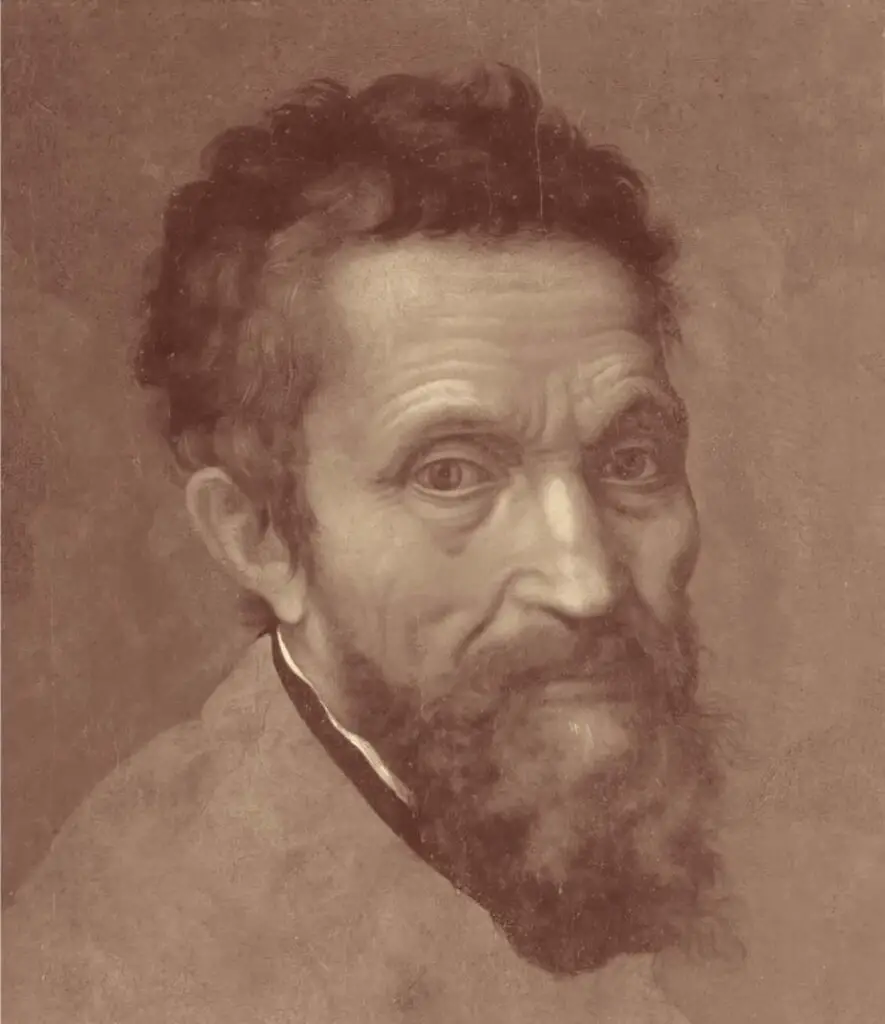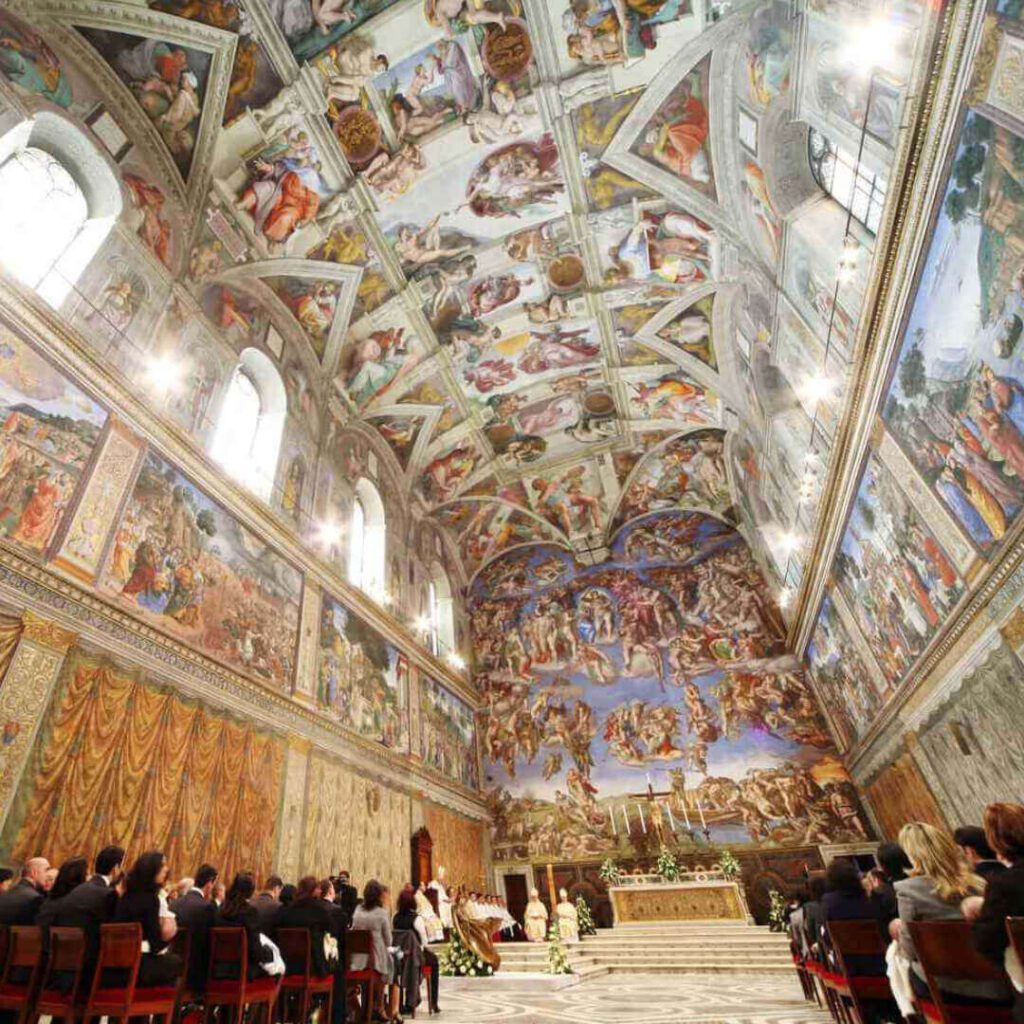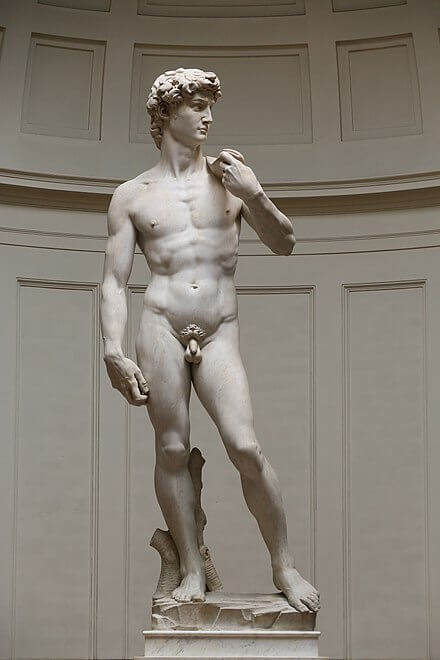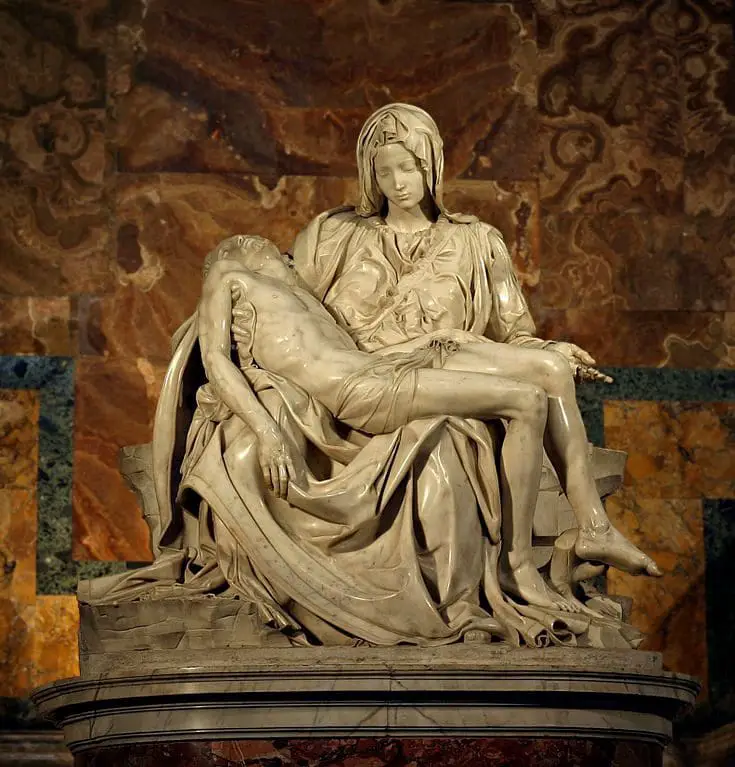Michelangelo, a luminary of the Renaissance, has left an indelible mark on the world of art with his iconic creations. His influence persists, and is often cited as one of the most significant artists ever.
Continue reading as we delve into some of his most monumental works, including the Sistine Chapel and the Statue of David. We will also discuss why he remains an enduring figure in art history and how he helped shape various art movements.
Table of Contents
- The Timeless Art Of Michelangelo: An In-Depth Exploration Of His Legacy
- Michelangelo’s Pioneering Works
- Michelangelo’s Influence On Subsequent Art Movements
- Related Questions
The Timeless Art Of Michelangelo: An In-Depth Exploration Of His Legacy
Michelangelo Buonarroti, commonly known as Michelangelo, remains an iconic figure whose contributions to art have transcended time and geography. Born in the 15th century, Michelangelo’s works epitomized the Italian High Renaissance, which emphasized humanism, proportion, and grandeur.
Through monumental frescoes, perfectly proportioned sculptures, or architectural brilliance, Michelangelo’s influence endures, shaping the course of art history and continuing to captivate audiences worldwide.
Who Was Michelangelo?
Born in 1475 in Caprese, Italy, Michelangelo was not just an artist but a polymath—a sculptor, painter, architect, and poet. He was a product of his times, living through an era when the Italian peninsula was a hotbed of intellectual and creative activity.

Trained in the workshop of the painter Domenico Ghirlandaio, he was soon noticed for his talents and supported by patrons like Lorenzo de’ Medici, the ruler of the Florentine Republic.
The Artist And His Significance
Michelangelo’s importance goes beyond his mastery of various forms of art. His work reflected his time’s broader cultural and intellectual currents, embracing and interpreting theological narratives, classical philosophy, and human anatomy.
His artistic endeavors were informed by a deep intellectual rigor, making him an enduring source of study in diverse academic disciplines, from art history to theology.
Michelangelo’s Pioneering Works
Michelangelo was a politically engaged artist of the Renaissance period, renowned for creating numerous iconic masterpieces. Below, we explore some of his most significant works and discuss why they hold such importance.
The Sistine Chapel Ceiling
One of the most recognizable artworks globally, the Sistine Chapel ceiling, was commissioned by Pope Julius II and completed between 1508 and 1512. This monumental fresco spans over 5,000 square feet and includes 343 figures.


The central panels depict scenes from the Book of Genesis, culminating in the iconic “Creation of Adam,” where the hands of God and Adam almost touch.
Why It’s Still Important
Not only does the Sistine Chapel ceiling epitomize High Renaissance art’s aesthetic values, but its thematic complexity also offers endless avenues for interpretation. The work challenges viewers to engage with profound theological and philosophical questions.
The Sistine Chapel’s sheer scale and technical mastery inspire awe and remain a pilgrimage site for art enthusiasts and scholars alike.
David
Standing 17 feet tall, the marble statue of David is another magnum opus that cements Michelangelo’s reputation as an unparalleled sculptor. The sculpture contemplates David, the biblical hero, before battling Goliath.

Why It’s Still Important
Beyond its anatomical perfection, “David” represents the ideal human form, embodying Renaissance humanism’s principles. Its enduring appeal isn’t just as a religious symbol but also as an icon of resistance and the potential of human will.
Pietà
This stunning sculpture showcases the Virgin Mary holding the dead Christ in her lap, a moment not directly from the Bible but deeply rooted in Christian tradition. Completed in 1499, when Michelangelo was just 24, it’s a work of profound emotional depth and sublime beauty.

Why It’s Still Important
The Pietà has influenced countless imitations and interpretations. Its expressive power conveys universal themes of maternal love, loss, and human suffering. The sculpture’s elegance and emotional intensity continue to resonate with contemporary audiences.
St. Peter’s Basilica Dome
Michelangelo also left his mark in architecture. He designed the dome of St. Peter’s Basilica, which was completed posthumously. The dome has become integral to Rome’s skyline and set a precedent for future church designs.

Why It’s Still Important
The dome reflects Michelangelo’s grasp of aesthetics and engineering, standing as a testament to the unity of beauty and function. It has influenced Western church architecture for centuries, and its design principles have been adopted globally.
Michelangelo’s Influence On Subsequent Art Movements
Michelangelo was a pivotal figure whose impact went beyond individual artists to shape entire art movements in Florence and beyond. His works are still considered among the most exceptional ever created.
Read on to explore his enduring influence on various art movements.
The Classical Renaissance
Michelangelo’s art significantly impacted the development of the classical Renaissance, epitomized by his emphasis on proportion, balance, and the incorporation of classical themes and forms.
Mannerism, The Counter-Reformation, And The Baroque
Michelangelo’s late works provided a crucial source of inspiration for the Mannerist period, characterized by artificiality and elongation in art. His religious art also played a role in the Counter-Reformation as a rallying point for a Catholic Church under siege.
His influence extended into the Baroque period, particularly in the dramatic intensity and emotional depth seen in Baroque art.
Michelangelo Buonarroti’s work has stood the test of time for its artistic brilliance and capacity to engage with the fundamental questions that define the human experience: faith, beauty, mortality, and the quest for meaning.
His contributions extend beyond art, influencing theological discourses, inspiring subsequent art movements, and generating scholarly pursuits in various disciplines. In Michelangelo, we see not just an artist but a luminary whose vision of humanity and the divine continues illuminating the corridors of thought and culture.
Whether one stands beneath the towering figure of David, gazes up at the Sistine Chapel ceiling, or contemplates the sorrowful beauty of the Pietà, Michelangelo’s art offers an enduring testament to the boundless potential of human creativity.
Anita Louise Art is dedicated to art education, great artists, and inspiring others to find and create their art. We love art that uplifts and inspires. #ArtToMakeYouSmile! #ArtToMakeYouHappy!
If you want to see any of my art, you can find out more by clicking here. If you are interested in what inspires me and my paintings, you can discover more by clicking here.
We have a free newsletter and would love you to be part of our community; you can subscribe to the newsletter by clicking here. If you have any questions, I would be happy to talk to you. You can reach me, Anita, by clicking here.
Subscribe to our Anita Louise Art YouTube Channel with great videos and information.
Related Questions
Did Michelangelo And Leonardo Know Each Other?
Michelangelo and Leonardo da Vinci knew each other but were considered bitter rivals. Leonardo da Vinci and Michelangelo knew each other, but they did like each other. They were both asked to do a commission on the Council Hall of the Palazzo Vecchio and were supposed to work side-by-side; the project was never completed.
By clicking here, you can learn more by reading Did Michelangelo And Leonardo Know Each Other?.
Michelangelo’s Method To Paint The Sistine Chapel Ceiling
He built a large scaffolding structure that could move around the chapel to paint the ceiling; the painting of the Sistine Chapel was an extremely strenuous work that was a huge personal cost both physically and mentally to Michelangelo.
By clicking here, you can learn more by reading Michelangelo’s Method To Paint The Sistine Chapel Ceiling.
Michelangelo’s Sistine Chapel And His Payment
Michelangelo was paid 3200 gold ducats for his work on the ceiling of the Sistine Chapel, which would have been a very lucrative commission. We know that he stopped work on the ceiling for a while due to his not being paid by the Vatican. Michelangelo liked to give the impression that he was a very poor artist, but records have shown that he died an extremely wealthy man.
By clicking here, you can learn more by reading Michelangelo’s Sistine Chapel And His Payment.

